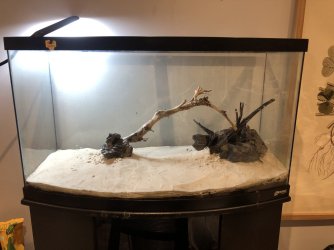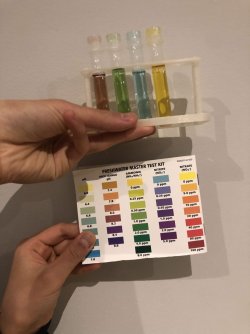Hi!
I've been inactive for a while and I've just gotten back into the hobby because my family got a hand me down tank from my cousins. Today we just did the dirt, substrate, hardscape, and first plants while also adding some bacteria bombs.
We're planning to add more plants to fill in the tank in order to make it more hospitable for ABFs. If you have any recommendations for plants and tankmates let me know, but our list currently is as follows:
Current plants: Anubias, various mosses, monte carlo, ludwigia repens, and hygrophilia.
Future plants: Java ferns, more stem plants like rotala, water wisteria, and some eleocaris and floaters like salvinia.
For organisms we plan to start adding them probably in the next couple of weeks, and eventually we hope to have our tank established enough that by the time ABFs are in stock in my city.
Organism plan(in order):
First batch: nerite x2, cory cats, and a school of some tetra that won't get eaten by ABF(thinking emperors)
Second batch: more dither tetras and maybe more catfish(1 pleco?) and perhaps some neocaridinas from our 5 gallon
When we add the butterfly fish there should be enough foliage that they should get along fine with the other fish
Please let me know if you have any suggestions regarding the list and tips for ABFs, but otherwise thanks for reading!
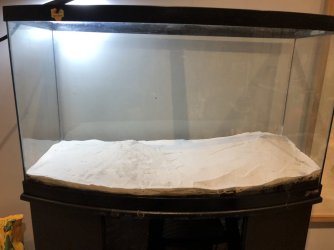
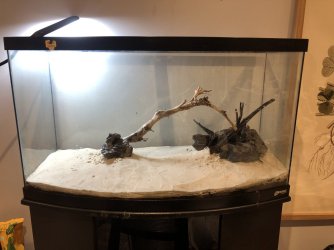
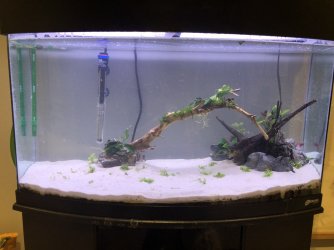
I've been inactive for a while and I've just gotten back into the hobby because my family got a hand me down tank from my cousins. Today we just did the dirt, substrate, hardscape, and first plants while also adding some bacteria bombs.
We're planning to add more plants to fill in the tank in order to make it more hospitable for ABFs. If you have any recommendations for plants and tankmates let me know, but our list currently is as follows:
Current plants: Anubias, various mosses, monte carlo, ludwigia repens, and hygrophilia.
Future plants: Java ferns, more stem plants like rotala, water wisteria, and some eleocaris and floaters like salvinia.
For organisms we plan to start adding them probably in the next couple of weeks, and eventually we hope to have our tank established enough that by the time ABFs are in stock in my city.
Organism plan(in order):
First batch: nerite x2, cory cats, and a school of some tetra that won't get eaten by ABF(thinking emperors)
Second batch: more dither tetras and maybe more catfish(1 pleco?) and perhaps some neocaridinas from our 5 gallon
When we add the butterfly fish there should be enough foliage that they should get along fine with the other fish
Please let me know if you have any suggestions regarding the list and tips for ABFs, but otherwise thanks for reading!





 back to the hobby.
back to the hobby. 